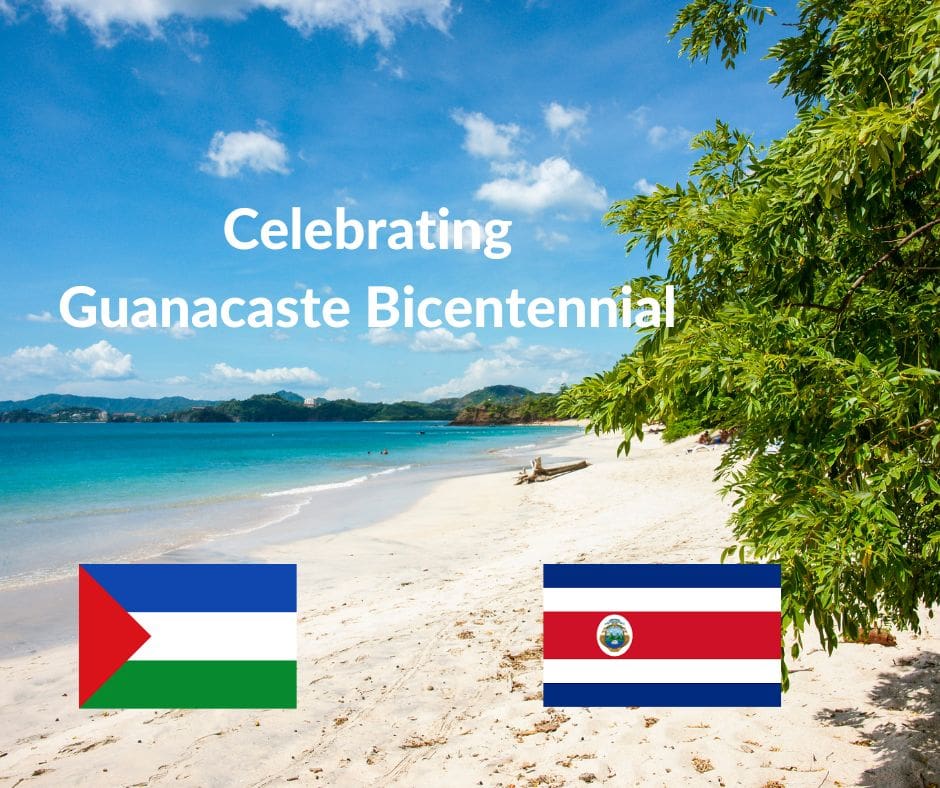Guanacaste, a region that embodies the heart and soul of Costa Rica, has a storied history stretching back over 200 years. This timeline highlights key events that have shaped the identity and importance of Guanacaste, showcasing its evolution from a peripheral area to a central part of Costa Rican culture, economy, and tourism.
1824: Annexation to Costa Rica
– Event: Guanacaste, initially part of Nicaragua, voted to join Costa Rica.
– Significance: This pivotal decision, celebrated annually as Guanacaste Day, marked the beginning of the region’s integration into the Costa Rican state, influencing its cultural and political landscape.
1848: Creation of Guanacaste Province
– Event: Official establishment of Guanacaste as one of Costa Rica’s provinces.
– Significance: This formal recognition helped pave the way for regional development and integration into national affairs.
1950s: Agricultural Boom
– Event: Expansion of cattle ranching and introduction of large-scale agriculture.
– Significance: The agricultural boom transformed the economy of Guanacaste, turning it into a major economic hub for commodities like beef and sugar.
1970s: Beginning of Tourism
– Event: Establishment of the first hotels and tourism services along the coast.
– Significance: Sparked the beginning of a thriving tourism industry, reshaping the local economy and introducing Guanacaste’s natural beauty to the world.
1989: Creation of Santa Rosa National Park
– Event: Establishment of one of Costa Rica’s first national parks.
– Significance: Highlighted the importance of environmental conservation in Guanacaste and set a precedent for future conservation efforts across the region.
2002: Opening of Daniel Oduber Quirós International Airport
– Event: Expansion and international designation of the Liberia airport.
– Significance: Enhanced global connectivity that significantly boosted tourism and economic development in the region.
2012: UNESCO Intangible Cultural Heritage
– Event: Guanacaste’s traditional music and dance are recognized by UNESCO.
– Significance: International acknowledgment of the region’s cultural richness and its contribution to the global cultural mosaic.
2020: Renewable Energy Leadership
– Event: Guanacaste becomes a leader in renewable energy within Costa Rica.
– Significance: The region’s commitment to sustainability positioned it as a pioneer in renewable energy, aligning with national goals for environmental stewardship.
Today: A Hub of Culture, Nature, and Development
– Current Status: Guanacaste stands as a testament to Costa Rica’s dedication to cultural preservation, environmental conservation, and sustainable tourism.
– Future Outlook: Continued growth in eco-tourism and sustainable development, maintaining its role as a key player in Costa Rica’s economic and cultural identity.
Over the past 200 years, Guanacaste has grown from a quiet annex to a vibrant, essential part of Costa Rica. Its journey reflects a commitment to cultural integrity, economic development, and environmental preservation, making it a cornerstone of the Costa Rican experience.






